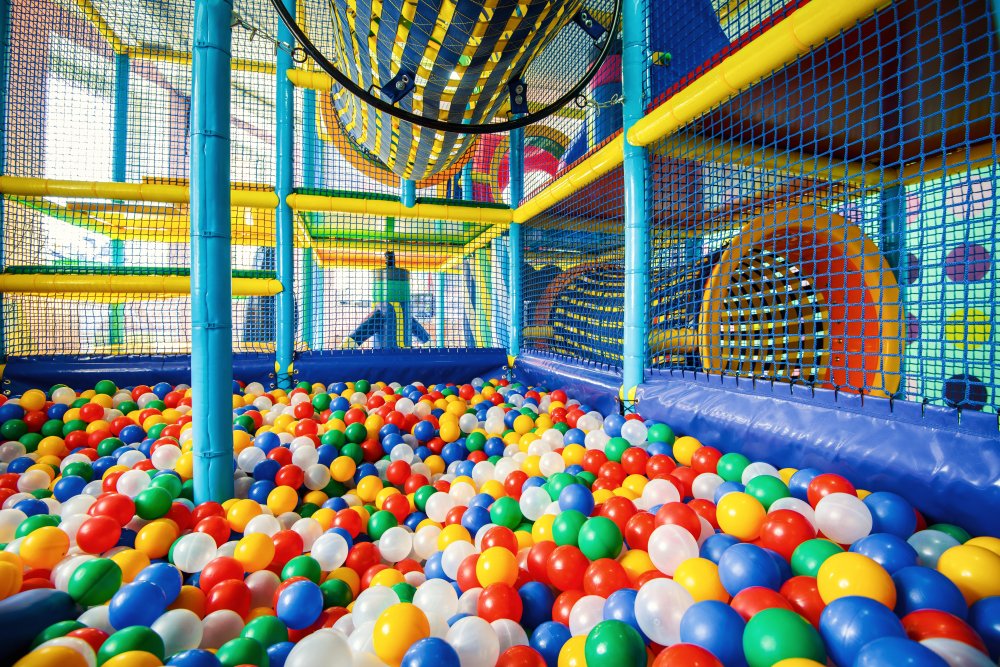An indoor playground facility is a recreational space designed specifically for children to play and engage in various activities in an enclosed environment. It typically features a range of play structures, such as slides, ball pits, climbing walls, trampolines, obstacle courses, and interactive games. The primary goal of an indoor playground is to provide a safe and stimulating space where children can have fun, exercise, and socialize, regardless of weather conditions.
Business prospects for an indoor playground facility can be quite promising due to several factors:
- Increasing demand: In recent years, there has been a growing recognition of the importance of play in child development. Parents and caregivers are actively seeking out opportunities to provide their children with engaging play experiences. As a result, the demand for indoor playgrounds has been on the rise.
- All-weather entertainment: Unlike outdoor playgrounds that are weather-dependent, indoor playground facilities can operate throughout the year. This makes them an attractive option for families, especially during extreme weather conditions, such as rain, heatwaves, or cold winters.
- Safe and controlled environment: Indoor playgrounds offer a controlled and secure environment for children to play. They are equipped with safety features, such as padded flooring, soft play equipment, and trained staff members who ensure the well-being of the children. This factor gives parents peace of mind and encourages them to choose indoor playgrounds for their kids.
- Diverse target audience: Indoor playgrounds cater to a wide range of age groups, from toddlers to early teens. This versatility allows businesses to attract a broader customer base and potentially increase their revenue by offering age-appropriate play zones and activities.
- Party and event hosting: Many indoor playgrounds offer party packages and event hosting services, allowing parents to celebrate their child’s birthday or other special occasions in a fun and hassle-free manner. These additional services can contribute significantly to the overall revenue of the business.
- Additional revenue streams: Indoor playgrounds often have ancillary services, such as cafes or snack bars, selling refreshments to parents and children. Retail areas offering toys, merchandise, or branded products related to the playground can also generate additional income.
- Community engagement: Indoor playgrounds can become community hubs, hosting various educational or recreational programs, workshops, or classes for children and families. By fostering community engagement, an indoor playground can build a loyal customer base and establish itself as a go-to destination for families.
It’s important to note that the success of an indoor playground business depends on several factors, including location, marketing strategies, competition, pricing, quality of equipment, and overall customer experience. Conducting thorough market research, creating a unique value proposition, and providing excellent customer service are crucial for a prosperous indoor playground facility.

